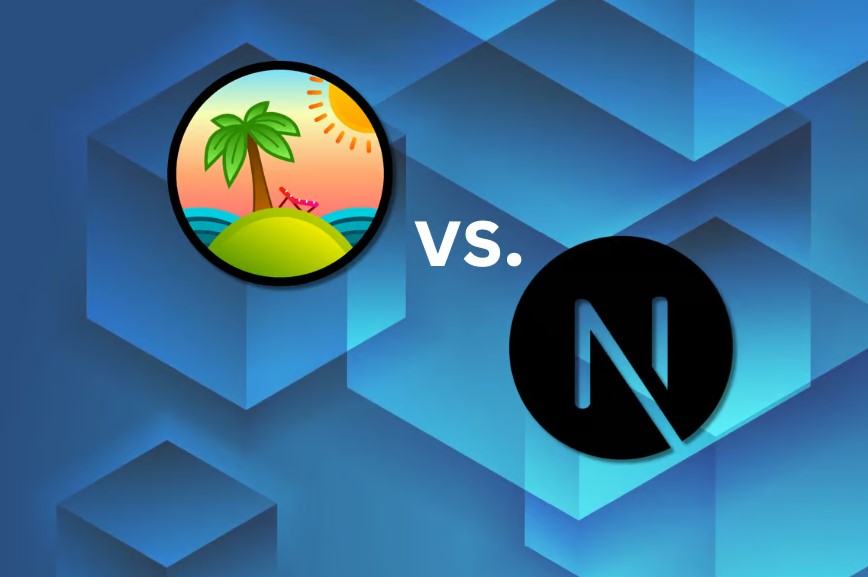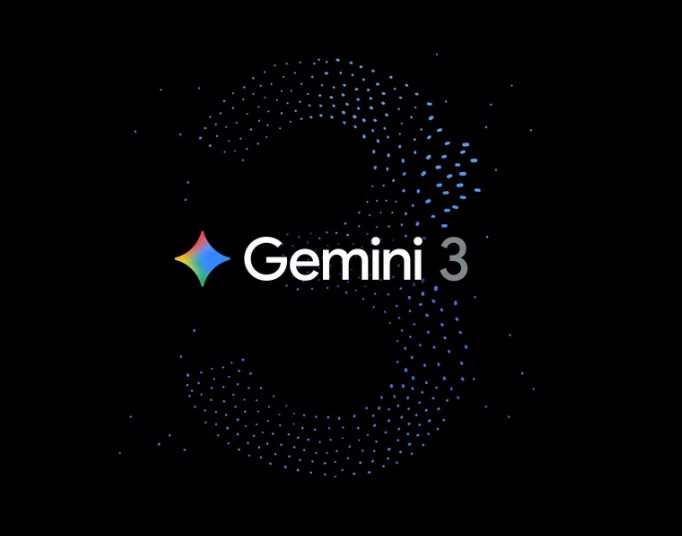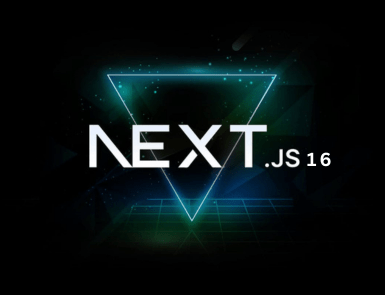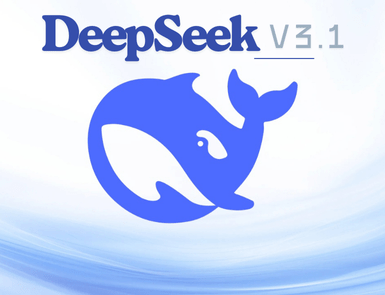
Choosing an appropriate framework is crucial when building a React-based app. Next.js and TanStack are two prominent names in the React ecosystem. However, they take different approaches to SSR (Server-Side Rendering), routing, and data fetching.
This post, Next.js vs. TanStack, compares their features, architecture, and purposes so you can make an informed decision.
Overview of Next.js
Developed by Vercel, Next.js is a well-known React framework helping users develop production-grade web applications with ease. The platform is known for its file-based routing, automatic code splitting, and built-in image optimization. Furthermore, Next.js comes with built-in solutions for server-side rendering, static site generation, and API routes.
Overview of TanStack
TanStack is a collection of powerful, framework-agnostic libraries designed to enhance application behavior, state management, and routing. The tools are extremely type-safe and highly customizable. Users can rely on this lightweight utility to build large applications with complex data.
Next.js vs TanStack: Key Differences Based on Different Factors
- Approach
Next.js is a full-stack React framework that provides a predefined structure for routing, rendering, data fetching, and API development.
In contrast, TanStack is not a single framework but a collection of independent headless libraries, allowing you to pick what you need. For example, TanStack Router helps you structure your routes, while TanStack Query lets you manage server synchronization and caching.
- Rendering Strategies
Next.js supports multiple rendering strategies. Some primary rendering approaches include:
-
- Static Site Generation (SSG): It is ideal for content that does not change often.
- Server-Side Rendering (SSR): SSR is best-suited for applications with dynamic dashboards and personalized pages.
-
- Incremental Static Regeneration (ISR): This rendering approach lets users blend the advantages of SSG and SSR.
-
- Client-Side Rendering (CSR): CSR is used for highly interactive pages that fetch data from clients using hooks like useEffect().
-
- React Server Components (RSC): RSC allows components to run on the server by default, resulting in faster performance and smaller client-side bundles.
TanStack libraries do not handle rendering at all. Developers must rely on React or another framework to render components. Although TanStack Query supports data caching and synchronization, you still need a separate framework to enable server-side rendering.
- Hosting & Deployment
Next.js has a dedicated hosting platform on Vercel. It provides users with numerous built-in features like edge rendering, serverless functions, automatic performance optimizations, and global caching without additional configuration.
On the contrary, TanStack does not have a hosting solution on its own. Its hosting approach depends totally on the framework you combine it with.
- Developer Experience
Next.js has a well-guided workflow. Its built-in support for SSR/SSG, structured project layout, and API routes streamline the development process. Additionally, TypeScript support and easy integration with React Server Components boost productivity several-fold.
TanStack provides developers with a distinct and highly flexible experience. Its workflow is quite modular. Developers can pick the tools they need most. The tool comes with independent, headless libraries like TanStack Router and TanStack Query. Developers can pick what they need without adopting an entire framework. Besides this, TanStack’s APIs are highly type-safe, clear, and predictable, which makes debugging and refactoring much smoother.
- Future Proofing
Next.js is one of the most popular React frameworks today, thanks to its fast-evolving support for React Server Components. Backed by Vercel, it has become the default full-stack React framework for many renowned companies. Developers who prefer a React-first, framework-driven architecture can benefit greatly from Next.js.
TanStack libraries will remain a top choice for apps that require complex state, caching, and routing. Since they are not tied to one particular framework, users can use them even if they move away from React. This makes TanStack an adaptable choice.
Next.js vs. TanStack: Which One Should I Choose?
Next.js and TanStack serve different purposes. However, both unlock numerous capabilities for web developers. If you are looking for a full-stack React framework with built-in structure, Next.js is an ideal choice. It supports fast deployment with Vercel.
If your preferences involve more flexibility and customization, go for TanStack. It is a better choice for applications with intensive data and a modular architecture. TanStack has libraries that work across frameworks.
All in all, you can choose either a full framework or a modular approach, depending on your project’s complexity, preferences, and long-term architectural goals.







